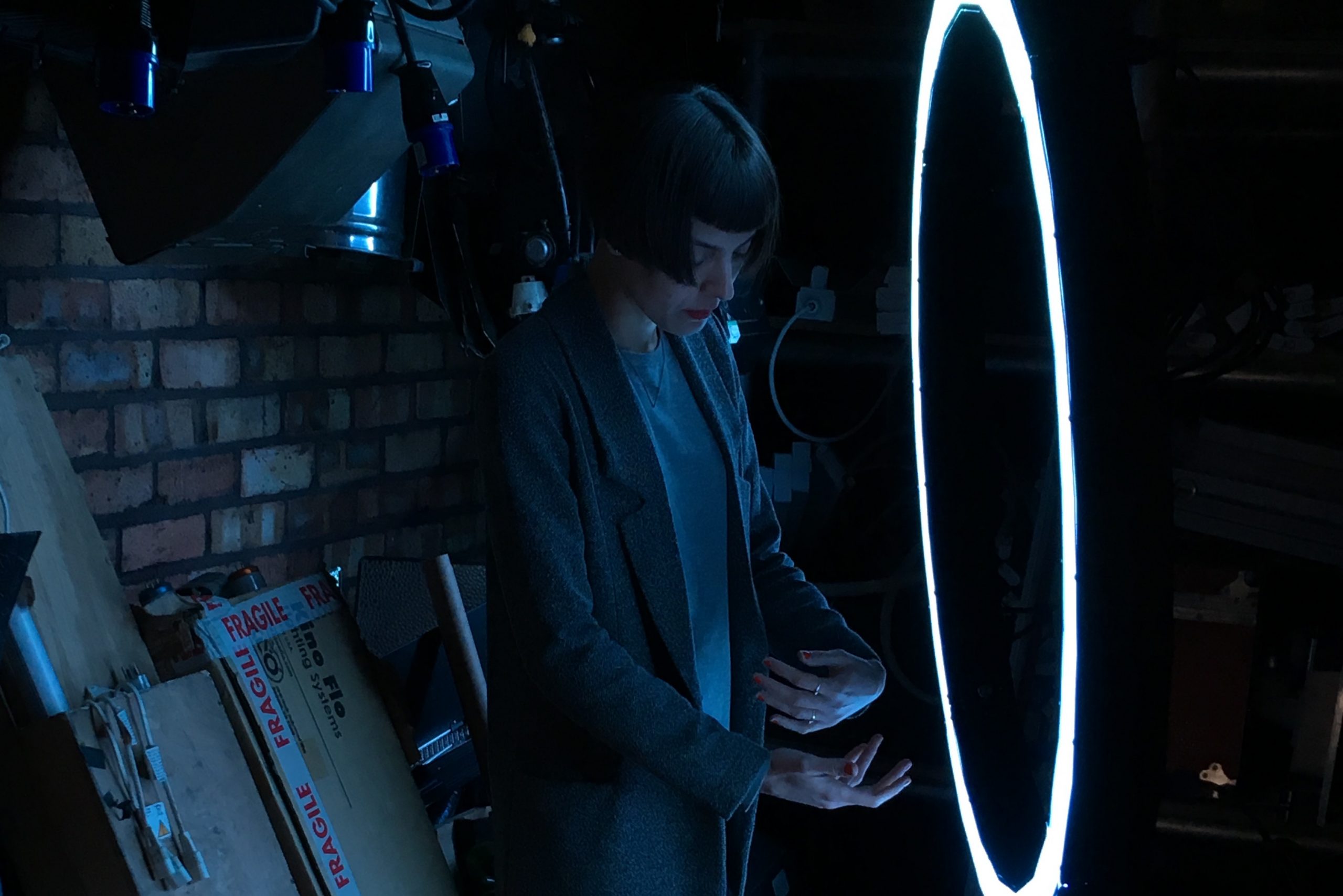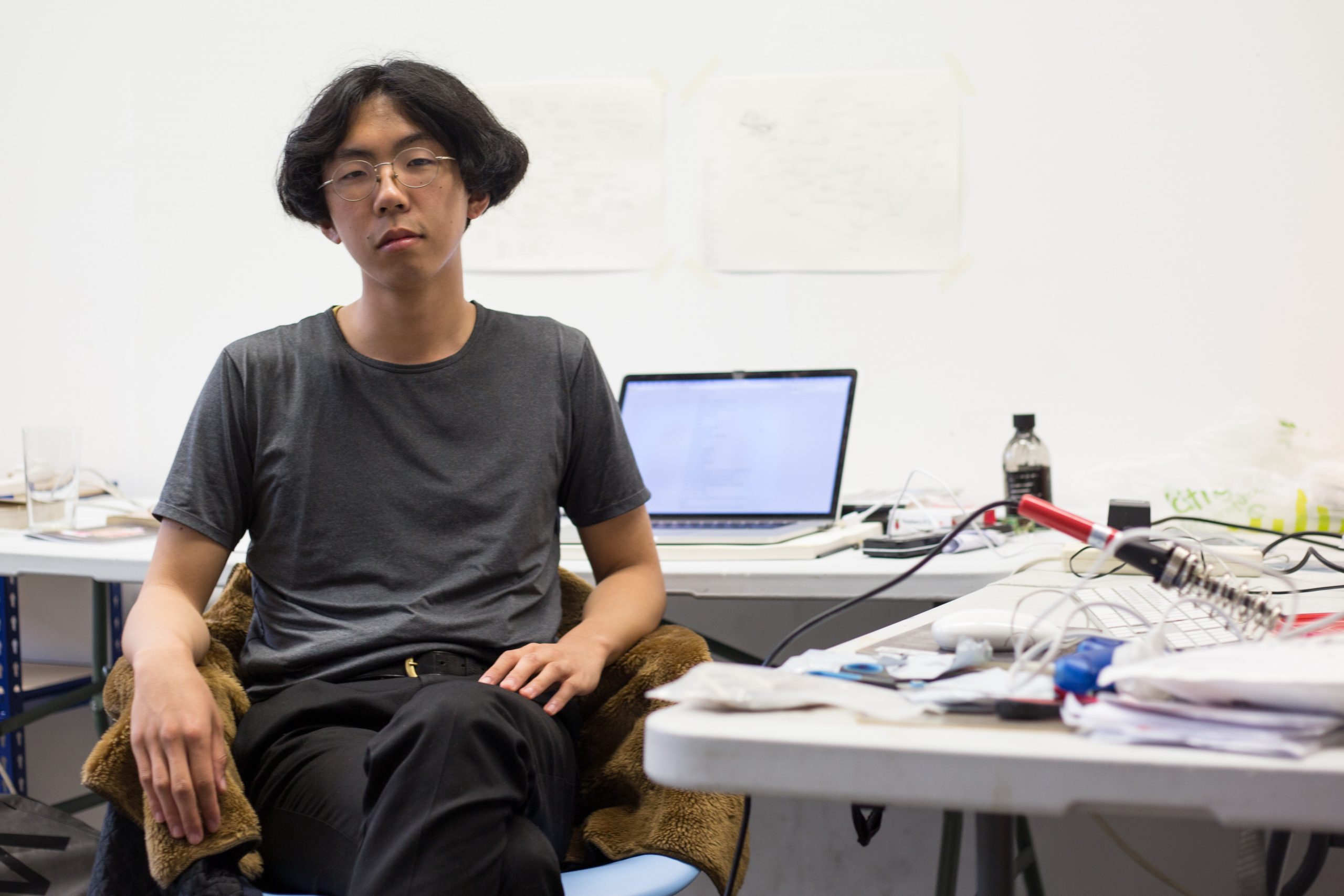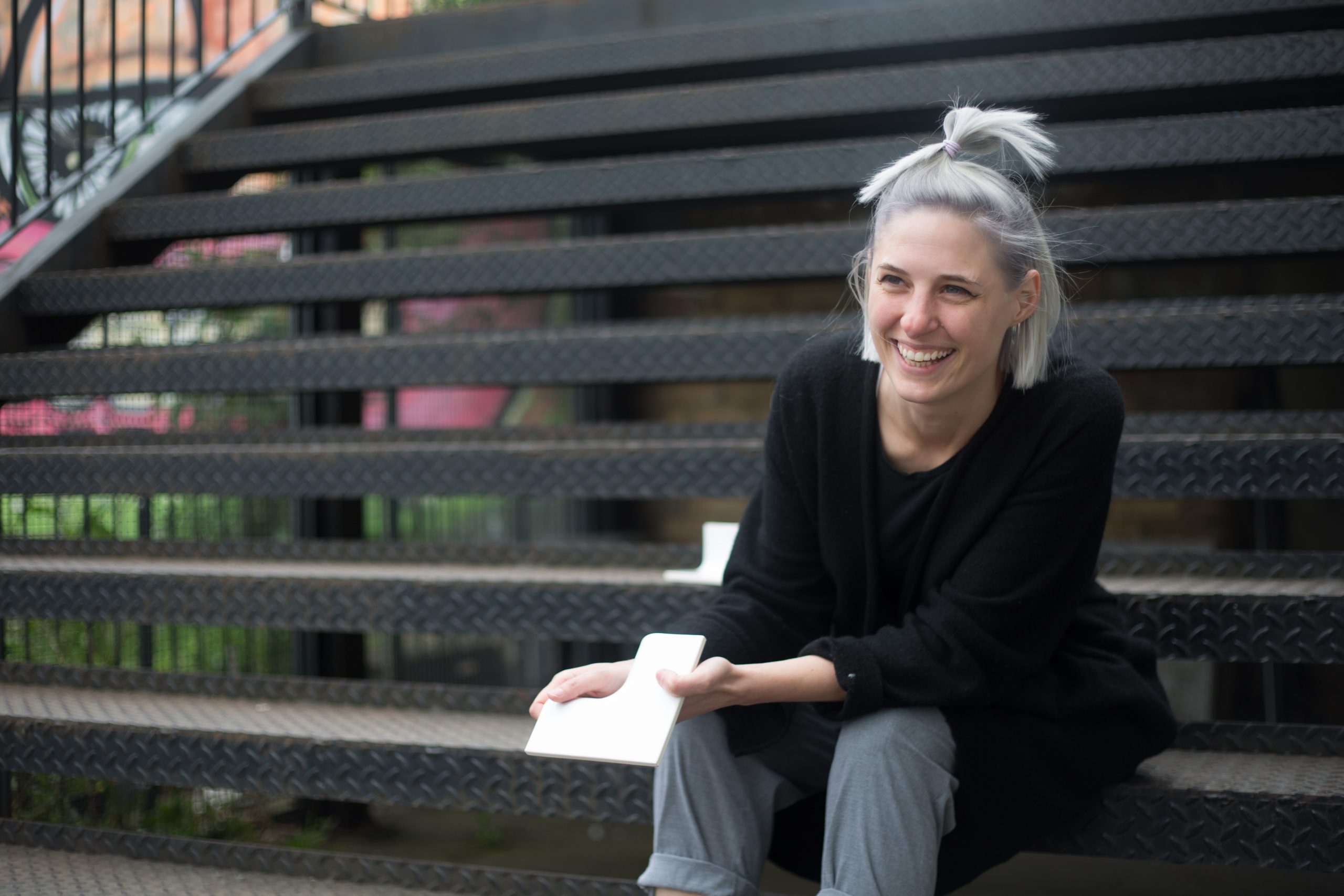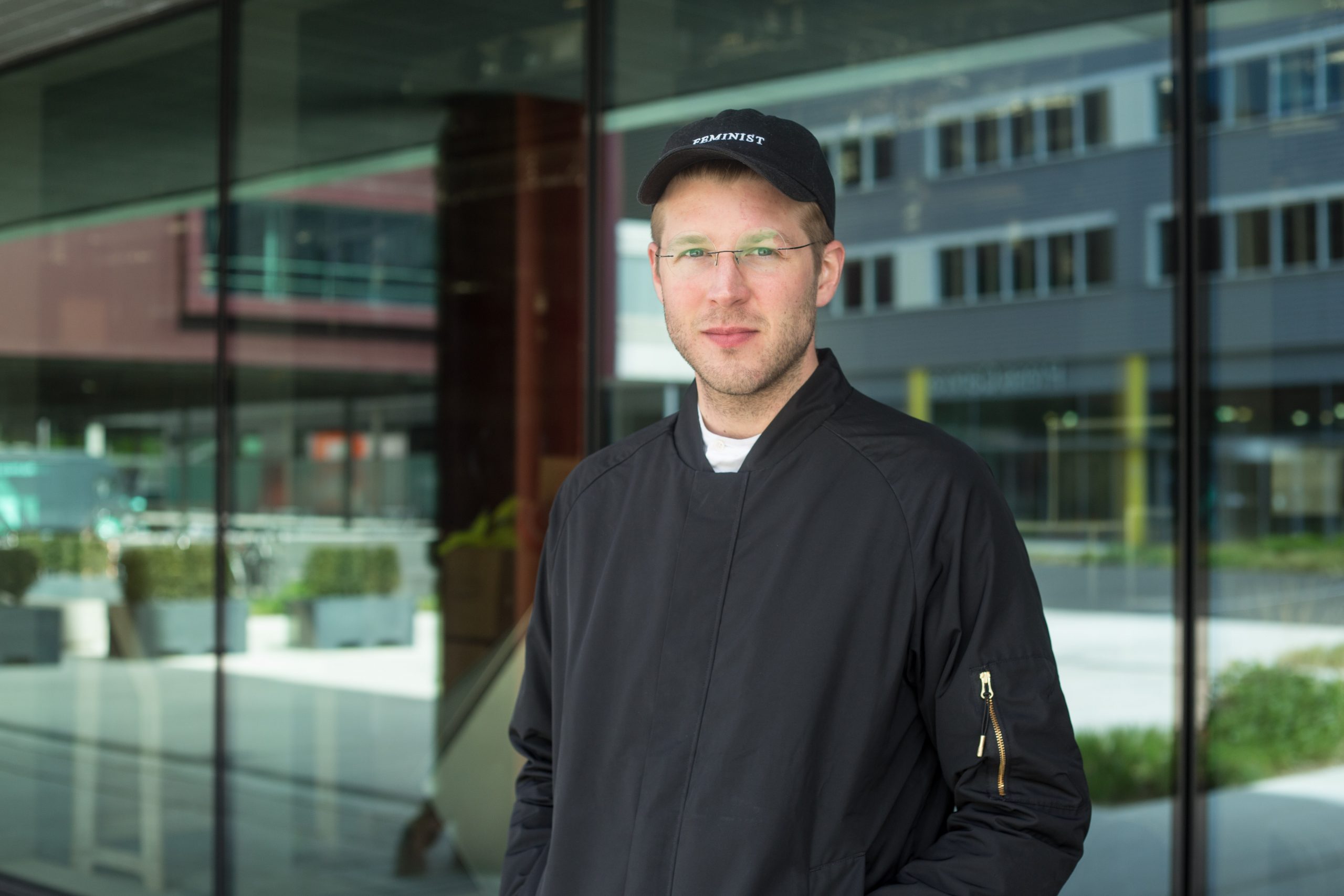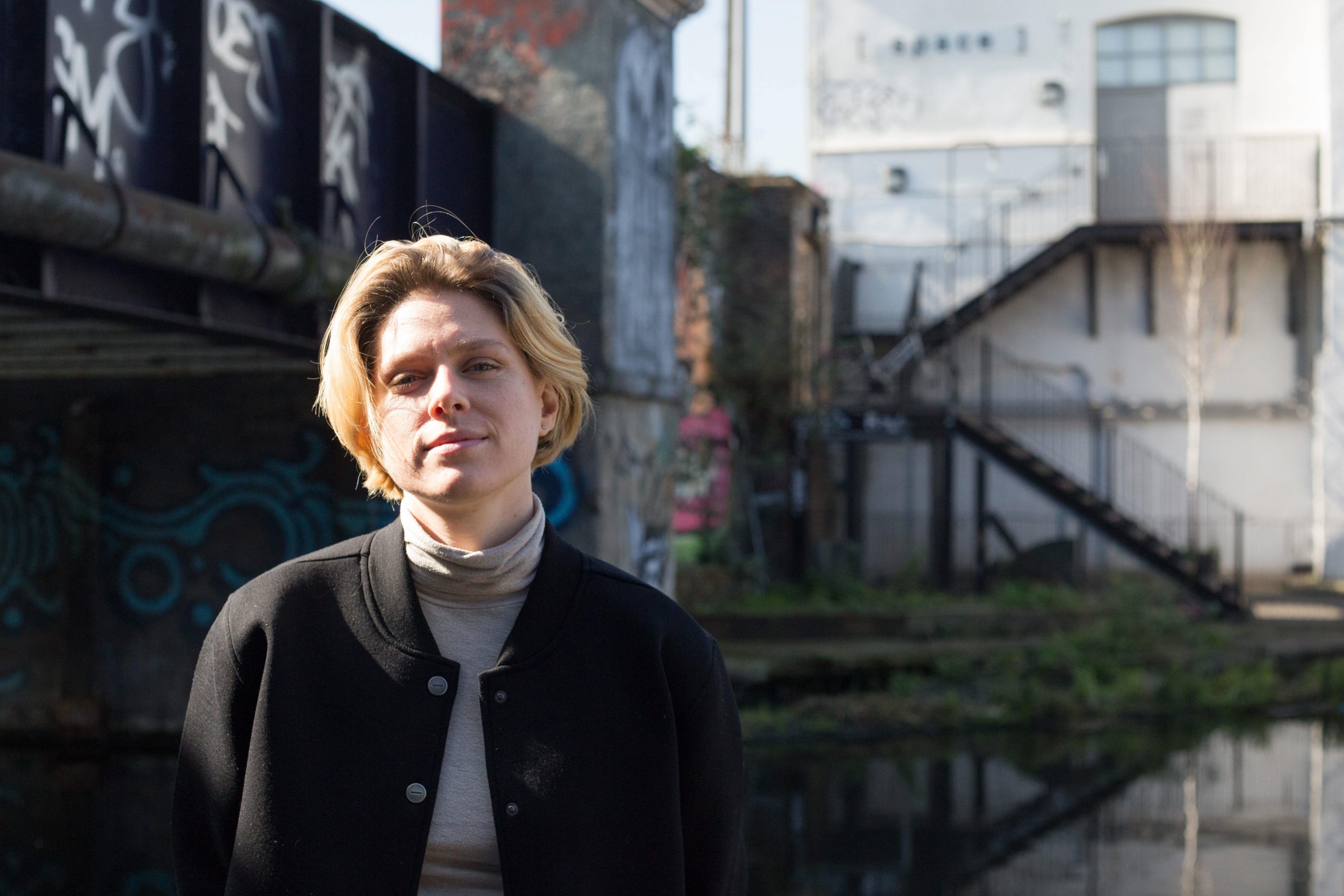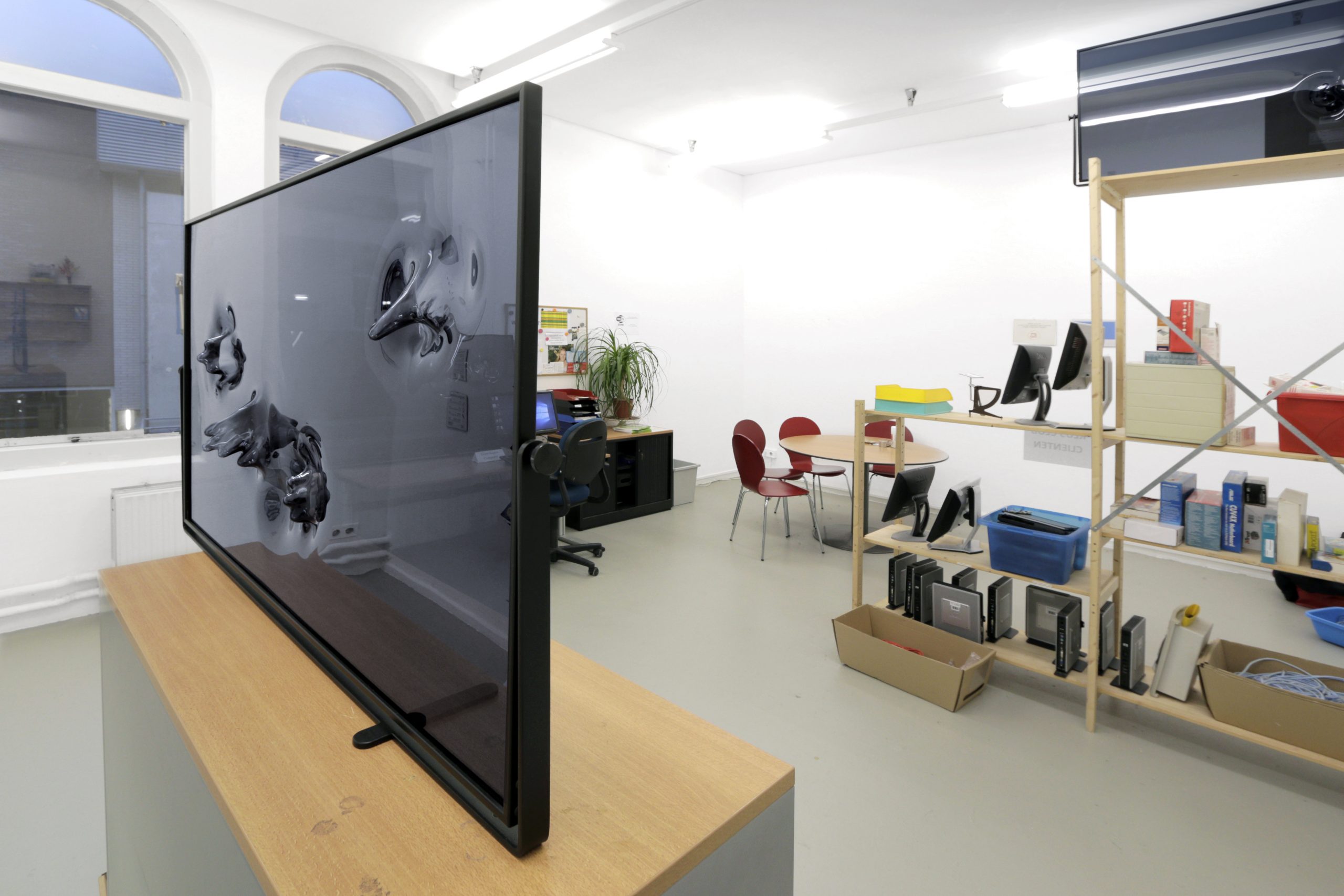
Interview with Leah Clements
A series of interviews with SPACE Art + Technology artists in residence
What were you doing in the year leading up to the residency?
I was continuing to work with unusual physical, emotional and psychological experiences that point towards wider shared human experiences, often to do with empathy and the subconscious. I started to think more directly about the idea of a collective subconscious through the performance we felt the presence of someone else at Jupiter Woods - I held a series of workshops there a few months beforehand, one of which taught the participants to dream lucidly. I asked everyone who attended to try and direct their dreams towards accessing ancient primal memories in the week that followed, based on Rupert Sheldrake’s theory that we inherit memories: ‘morphic resonance’. We then attempted to meet in a group dream, and for the performance three people from the group read aloud a recorded audio description of that communal dream. One of the things I was thinking about was how we might create alternative spaces to exist in, and thinking about the collective subconscious as a space where otherworldly things are possible. I started going deeper into this in a film work I’ve been recording in thermal imaging, wondering if I can visually create a sort of psychogeography of other sub/unconscious worlds. I showed a prelude to this at Muddy Yard (Brixton) earlier this year.
What are you working on at the moment?
At the residency I’m working on making a VR game where the viewer will be put in the position of being stuck in a sick bed. I’m thinking a lot about the idea of VR as an ‘empathy machine’ as put forward by entrepreneur Chris Milk - an idea that seems to be spreading. I’m wondering whether VR really can induce more empathy than more conventional media like film, and I’m placing this game in the context of other empathy games and ‘experiences’ that use VR to put you in the shoes of people with different subjectivities. I’m wondering about the ethics of recreating an experience that you haven’t had yourself, such as in Gabo Arora & Chris Milk’s Clouds Over Sidra which uses 360° filmed footage of a refugee camp in Jordan to follow a young girl who has fled Syria.
The game I’m working on is based on my own experiences of being ill with CFS/ME, and I’m walking a complicated line with it by attempting to make it as effective as possible at communicating that experience, whilst remaining skeptical that that’s actually achievable. Black Shuck are building the game with me, and we’ve been talking through how both those positions might be present in the game itself. I’m holding a public workshop on 30th November to investigate this more, and I’m really excited to have lecturer in VR at Goldsmiths Dr. Sylvia Xueni Pan and gal-dem and Guardian journalist Charlie Brinkhurst Cuff to be joining me on leading a discussion around these questions.
How have you found the residency so far?
Great! It’s been so good to meet and share thoughts with Thomas, Millicent, Otto and Ami who I’m doing the residency alongside - getting their take on things has been really useful. We’ve been swapping books and sending links a lot, and they’ve definitely helped me articulate some of the things I’m working out. Having the studio to turn up to work at has also been really good for my headspace, and the fact that the residency is paid has been essential for me to be able to take the time needed to commit to the project I’m working on here. The team at SPACE have also been great to work with. Talking things through in an expansive and research based sense as well as in more practical terms with them has meant my work on the project has developed a lot very quickly, and I’m looking at things I wouldn’t have otherwise.
What’s coming next?
I’ve been working on a project on ‘collapse’ using footage I filmed in thermal imaging at Guy’s Hospital while I was an inpatient there. I’ve been thinking a lot about what I see as a current cultural zeitgeist of hinterlands; The Black Lodge in Twin Peaks; The Upside Down in Stranger Things; The Sunken Place in Get Out...I’m wondering why we need to create these worlds right now, and what potential they hold for unearthly possibilities. Thermal imaging reveals stuff that isn’t usually visible to the human eye, and I’m thinking about it as revealing a parallel world within or just behind our own that might exist as a subconscious space, accessible through ‘collapse’: falling asleep or fainting into it. I’m going to be at the residency at Rupert in Lithuania next year, and I’ll be editing the film and thinking about the project as a whole while I’m there.
I’m also collaborating with Isaac Clarke on a show in Leeds next year. We’re building an app at the moment which we’re going to develop the show from, and thinking about how identifying as a collective rather than as individuals might subvert or fuck up attempts by oppressive structures to gain control. We’re looking at how companies and governments collect data on us and profile us, and we’re wondering if by existing/presenting online as plural we can be unpredictable or confusing enough to evade these methods of control.
Something else I’m doing is working towards an event around cripness/sickness/ disability in the artworld, which I hope will pull together community and focus around these positions. The details are to be announced...
---
Leah Clements (b. 1989) is an artist based in London. Her practice is concerned with emotional experiences, the relationship between the psychological and the physical, and instances of self-loss into other people or worlds. Self/other boundaries and collective identities, the subconscious, and the impact of emotion on the body have been explored through collapse (prelude) at Muddy Yard (2017), we felt the presence of someone else at Jupiter Woods (2016), Beside Chisenhale Gallery Online Commission (2016), Beside at Chisenhale Gallery (2015), You Promised Me Poems, Vitrine (2015), and The Empath Project at Res. She will be an artist in residence at Rupert, Vilnius in 2018.


